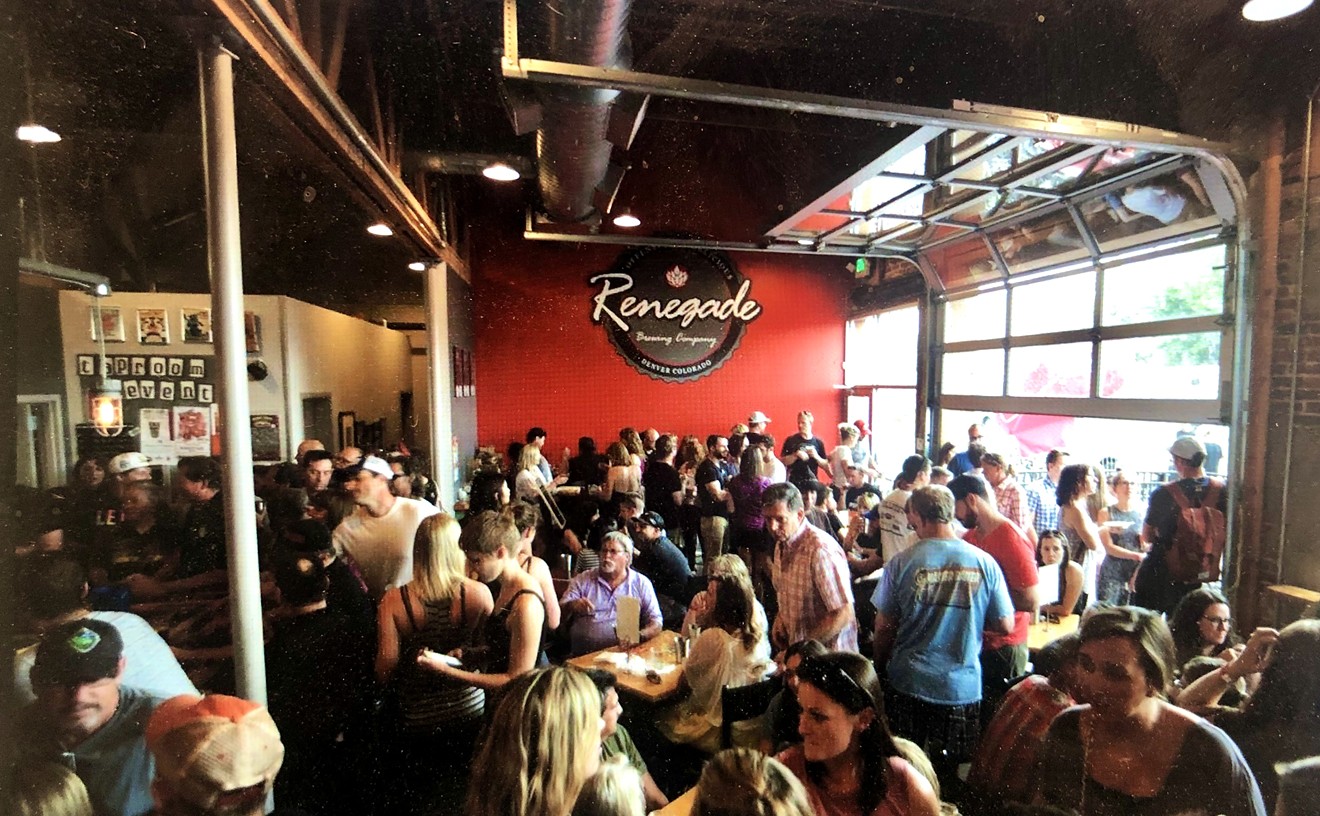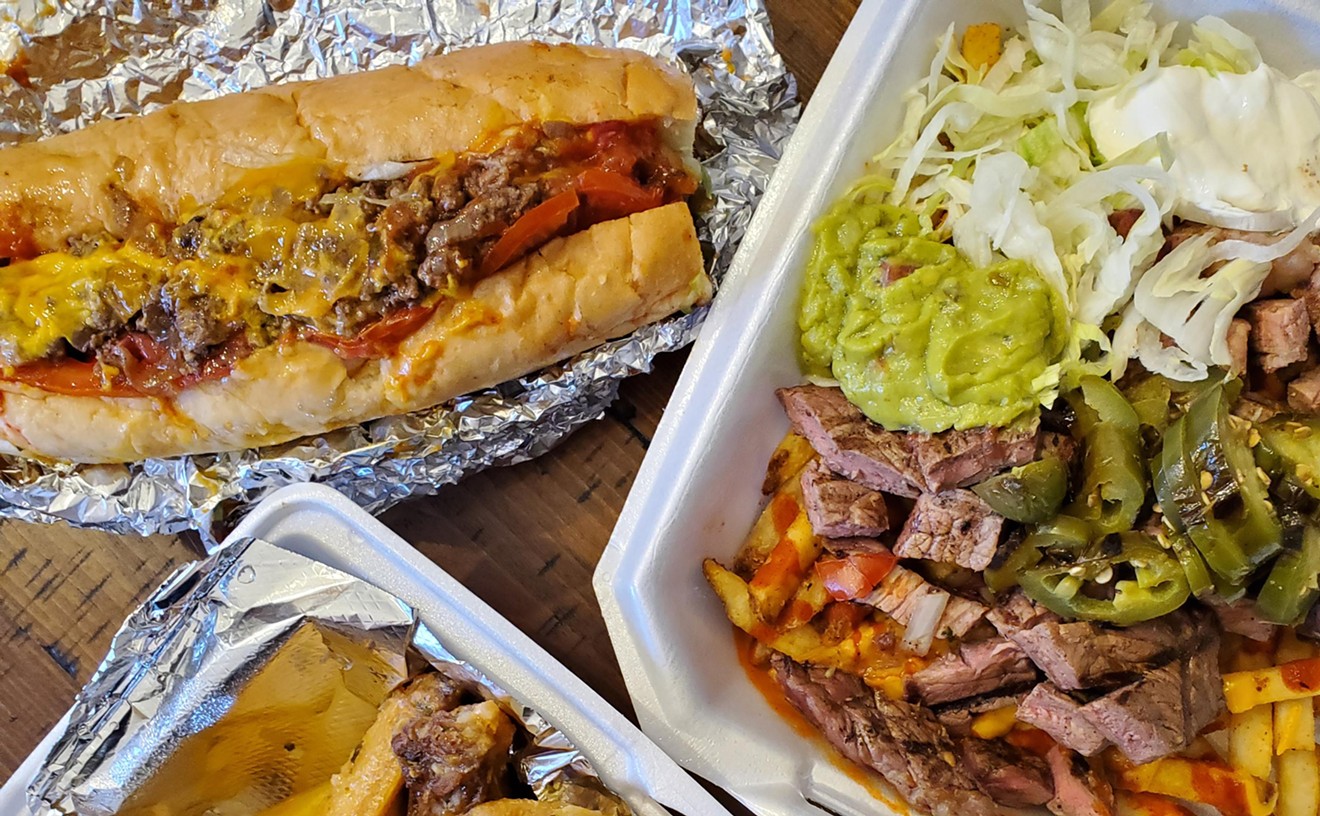Day 3: A Sherry Barrel and San Luis del Rio
There was less barking last night, but the damn rooster still started in at 4 a.m. We finally got up around 7 a.m., ate breakfast and headed down the hill to the Del Maguey bodega, where there was another surprise waiting for us.
The day before, Ron had received a shipment of an empty sherry barrel from Spain, sent sent courtesy of Javier Hidalgo, maker of La Gitana Manzanilla. Last September I had the pleasure of visiting Spain with aka winegeek, and got to meet Hidalgo at his sherry bodega in Sanlúcar de Barrameda. As a team -- an extremely hungover team -- we opened the huge box, which cost close to $5,000 to ship, and laid the sherry barrel on its side. We tapped out the bung (the cork) and the familiar scents of Manzanilla sherry and flor (the layer of yeasts under which sherry is aged) wafted from the barrel. Ron is planning on aging some of his mezcals in the sherry cask; I cannot wait for the result.From there, we walked into the office where Ron showed us his collection of tequilas and mezcals, and we had our first mezcal of the day: more of the Arroqueño from the other night.
The Del Maguey staff was bottling next to the office. When mezcal is bottled, it is sealed with wax that's purchased from a nearby church; that wax is the remains of candles that have been prayed over thousands of times, and is considered to be blessed.Then it was on to San Luis del Rio (SLR). The ride to SLR was another three-and-a-half-hour stretch, with Steve Olson riding shotgun and giving us the lay of the land, as well as some of the history of the surrounding countryside. When it was time to leave the highway, I was ready for another bumpy ride on dirt roads. But to my surprise, a stretch of concrete wound through the mountains to an altitude of 8,000 feet and the village of San Luis del Rio, which is built into the mountainside.
Our first stop was the home of Paciano, the palenquero who makes the Del Maguey San Luis del Rio, Crema and Vida mezcals. We were greeted by Paciano, his wife, his daughters, his nephew and grandchild. Once again there was amazing food, more mezcal and hospitality. During lunch, Paciano broke out a bottle of his Mezcal Azul (made with the same agave as tequila), as well as some DM San Luis del Rio. Many toasts were made: to our hosts, to the land, to the spirits...you get the point.
Paciano also showed us the ancient method of correctly determining the alcohol volume of the spirit. He took a bamboo straw, filled it with mezcal, raised it over a gourd and let it fall into the gourd. By looking into the shell, he could tell the alcohol strength by the size and coverage of the air bubbles on top of the spirit. After surveying the bubbles, Paciano told us it was around 47 percent, maybe a little more.Later in the day, Ron's chemical engineer, who visits each village twice a week, confirmed with a hydrometer that it was indeed 47.1 percent. Think about that: all of the technology we possess -- gas ghromography, hydrometry, etc -- and a 500-year-old method of determining ABV (alcohol by volume) is just as accurate.
Paciano is the president of his village, as was Espiridion; he uses the money he makes from producing for Del Maguey to better his community. That road leading from the highway to the village? He had it built. He is truly a great man, who still lives simply while giving back to his community. In exchange for his service, he is allowed to plant maguey in the fields surrounding SLR (another lesson for today's society).
After eating, we all jumped in either Paciano's truck or Ron's jeep and headed down to the palenque, winding down single-lane dirt roads and crossing the Red Ant River twice. The palenque was set on the banks of the river directly below a field of maguey. We had just missed a roast, and the roasted maguey was piled next to the pit where it would sit for three days and begin aerobic fermentation. After that, it would be crushed by a large stone wheel known as a tahona, and the tepache (liquid) and bagasso (fibers) transferred to the fermentation tanks. Once the fermentation process is complete, the contents would be transferred into the still, going through it twice. The first pass is called Destilación (distillation), from which the spirit will come out at an alcohol strength of 25-35 percent (the bagasso is pulled from the still and dried out so that it can cover the next roast). The second pass, or Refinacion, will bring the spirit to its proper strength of 47-55 percent.Water is never added to Del Maguey mezcals. There is a huge poster in Ron' s office that reads "Mezcal con agua no es mezcal" -- Mezcal with water is not mezcal.
Many commercial brands add water to make it "smoother" by bring down the proof, in the process destroying the artisanal process of making great mezcal. This is one of the many reasons that I so admire Ron. He runs Del Maguey like an art project rather than a business. By showcasing the talent, tradition and artistry of the palenque, he has brought a spirit to the world that is untouched by commercialization and is more true to its roots than any other spirit available worldwide.
After seeing the process, it was time to head back to Paciano's home and then the fields, where his son Marcos and his team were planting Espadín. As a teenager, Marcos had moved to the United States, but his sisters trekked across the border to bring him back so that he could follow in his father's footsteps. Eventually, he will carry on the family tradition of making great mezcal. While we were on the hillside, looking over the valley and terrain, Paciano told us how SLR and its neighboring village would meet at the border of their lands once a year. They would line up and clear the hillsides of trash and debris because, in their words, "God doesn't make new land" and we must respect what we have been given.Paciano is softspoken and thoughtful, at once proud yet in possession of an amazing humility. For one of the few times in my life, I was awed by another man's presence.
We finally left Paciano, Marcos and the team out in the field and returned to the town for ice cream and beer before the long drive back. For dinner, Steve took us to one of his favorite taquerias, Tacos George, which was showing the US v Mexico soccer (futbol?) match live from Philadelphia, so we settled in and ate a ton of tacos (including brain tacos). We had mezcal with us, of course, so many more toasts followed.
After dinner we returned to the B&B and Danny, Eric (Meatball), Mike, Ryan (Big Country) and I stayed up and smoked cigars in the courtyard, drinking mezcal and talking bartending, spirits, life, etc. Honestly, outside of the day I met my wife and my wedding day, this was one of the best days of my life: an amazing experience with family and friends, followed up by relaxation and conversation with those same friends.
Could day four get any better?
Tomorrow: Day 4.










